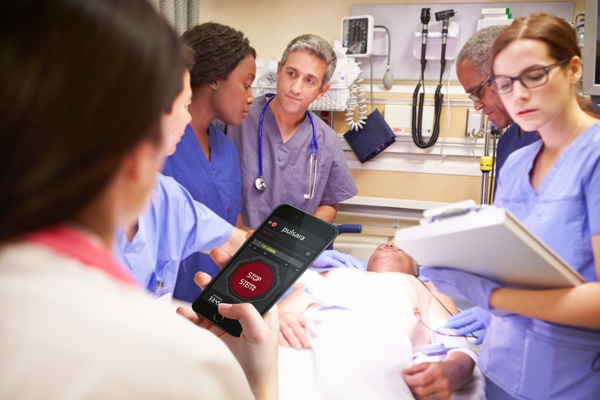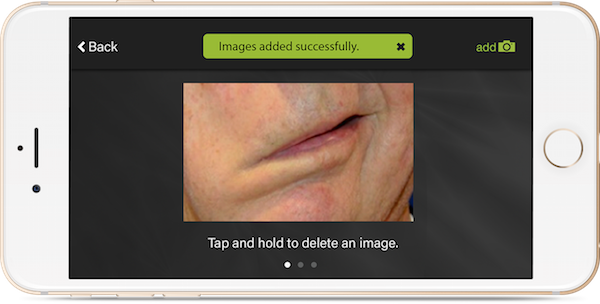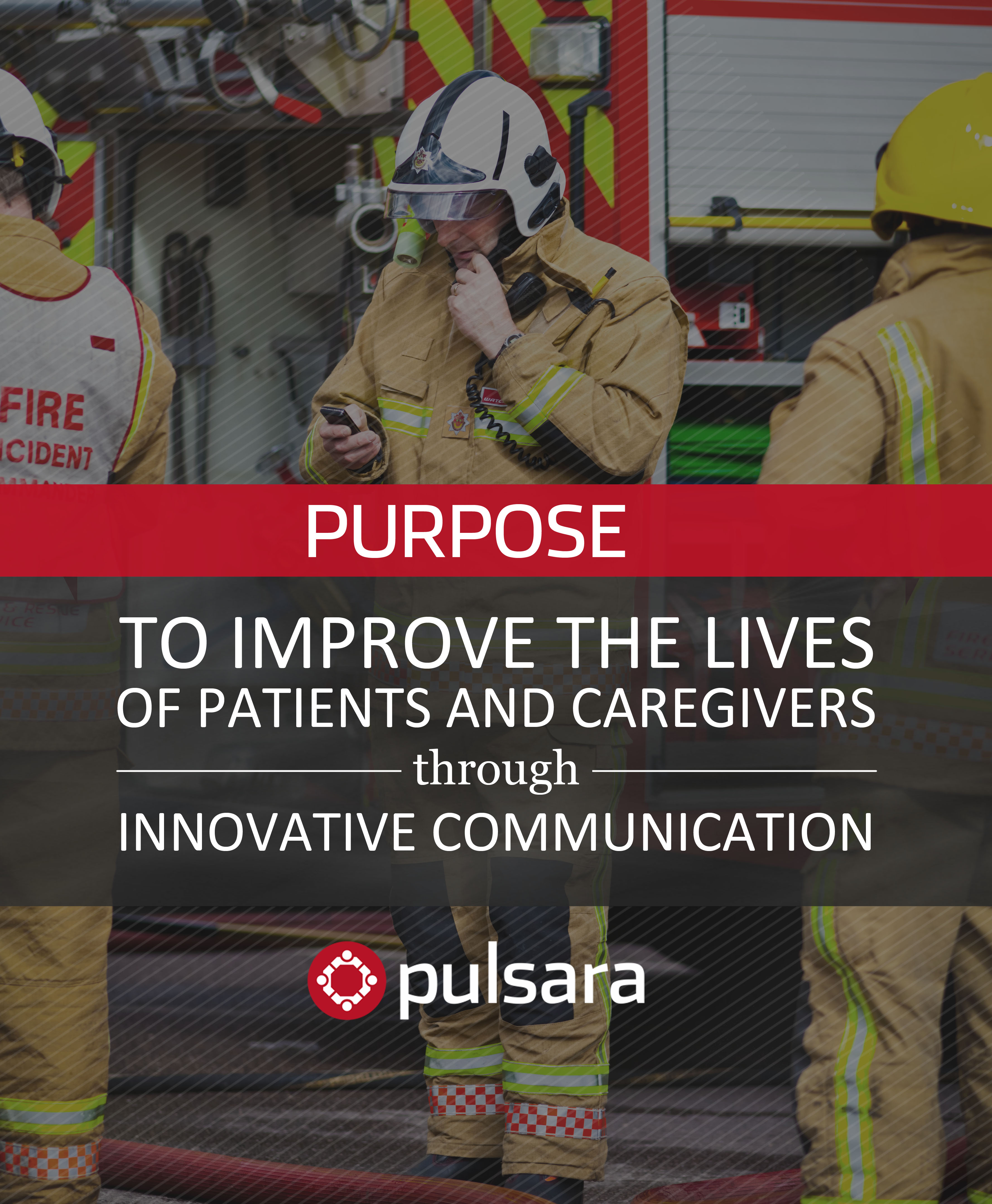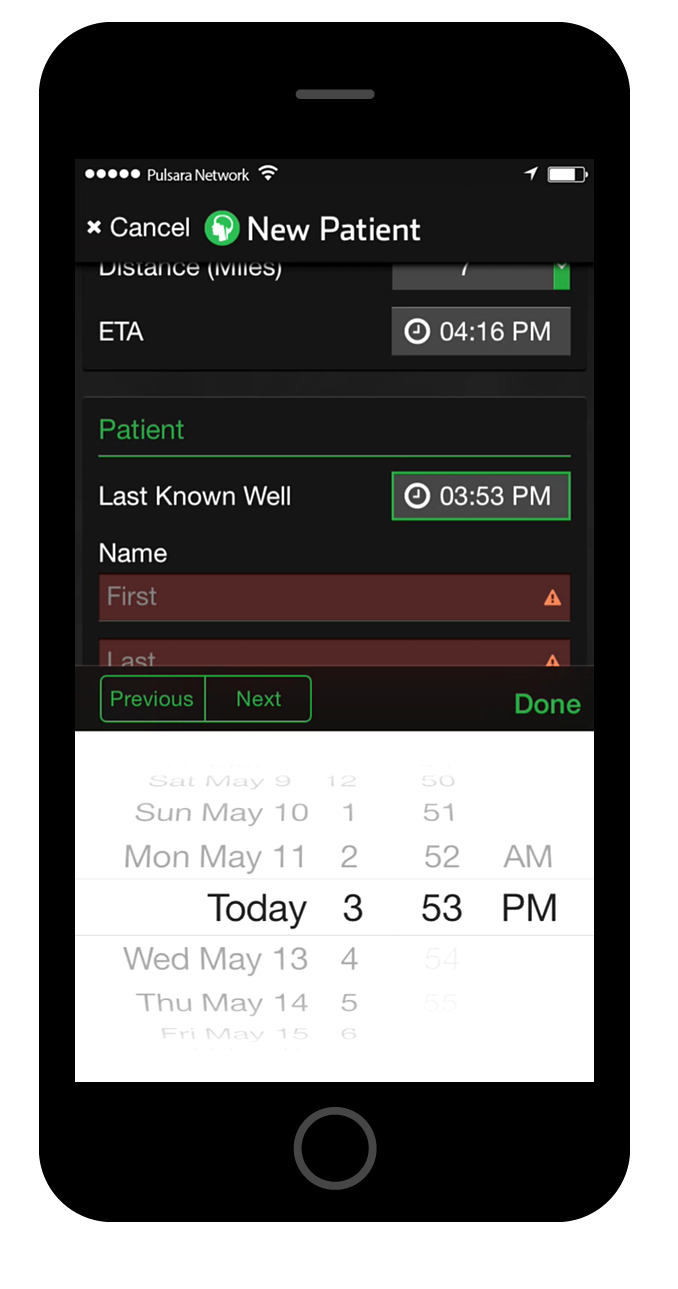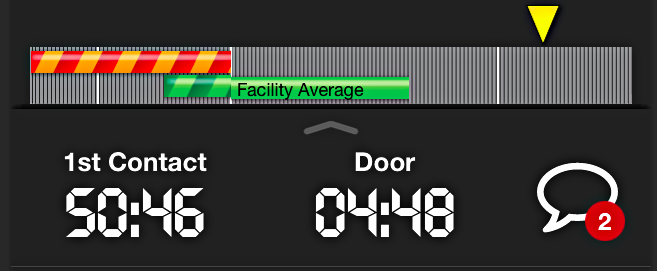Recent posts by James Woodson, MD
2 min read
Australia EMS and Hospital Teams Save Young Man's Life Through Innovative Communication
By James Woodson, MD on Dec 01, 2016
Topics: STEMI Australia
1 min read
The Sobering Cost of Inefficient Communication in Healthcare
By James Woodson, MD on Aug 17, 2016
Topics: STEMI
3 min read
7 Themes the Most Successful STEMI Teams Have in Common
By James Woodson, MD on Jul 26, 2016
Topics: STEMI
3 min read
Smartphones Are Not Evil! How Yours Can be Used to SECURELY Provide Better Healthcare.
By James Woodson, MD on Jun 08, 2016
A recent article published on FierceMobileHealthcare.com calls attention to the increased use of smartphones by doctors for taking photos of patients to use in case records and how this can potentially pose security and privacy threats. The article describes careless doctors who save patient photos, often with faces or other identifying marks visible, on their personal phones next to "vacation photos," and then mistakenly share them with others outside of the immediate care team or hospital.
Topics: Healthcare
2 min read
Reflections from Pulsara's CEO: Driven by Purpose
By James Woodson, MD on Apr 26, 2016
Topics: Leadership Healthcare
1 min read
This Often Inaccurate Metric Could Mean Life or Death for Your Stroke Patient!
By James Woodson, MD on Nov 06, 2015
You hear the mantra everywhere: Time is Tissue. And while it's crucial to minimize the amount of time it takes to get a stroke patient to treatment, we also need to be focusing on another time metric: the accuracy of the Last Known Well (LKW). After all, our treatment options depend on the LKW.
According to a recent study, a whopping 74% of patients had discrepancies between the preliminary LKW time and revised LKW, where 58% had later preliminary LKW than revised, and 16% had earlier LKW than revised. These disparities have grave implications for stroke patients - had the preliminary LKW times
been used for treatment decision making, 58% of patients may have been approved for thrombolysis outside of the appropriate time window, increasing the chances of complications. Furthermore, 16% of patients would have been potentially excluded from rt-PA inappropriately, providing them with less than the best possible treatment.
Topics: Stroke
1 min read
Stroke and the Deadly Transfer Process
By James Woodson, MD on Oct 02, 2015
According to a recent preliminary study detailed by HealthDay News, it is still all too common for stroke victims to experience delays in getting transferred from regional hospitals to comprehensive stroke centers. Over the course of one year, the study examined 70 patients who had been taken to "hospitals not equipped to handle all levels of stroke" and later had to be transferred to "major stroke centers."
The time it took to complete the transfers alone ranged from 46 to 133 minutes - times that, even at the shorter end, were longer than it would have taken to drive the patient to the comprehensive centers in the first place.
Topics: Stroke
3 min read
How to Run the Acute Care Race Like an Olympian
By James Woodson, MD on Jun 07, 2015
Do you believe that “time is tissue?”
Two million brain cells die every minute when your patient is having a stroke. With that knowledge, how can we decide on an “acceptable” treatment time? Is it the 60-minute national benchmark? What about a 45-minute treatment time? Perhaps even 30 minutes? Think about that math for a second and how many neurons you could spare by cutting your treatment times for stroke. Similarly, how much cardiac tissue could be spared by reducing STEMI times?
Topics: Stroke STEMI
3 min read
Social Media in Healthcare: Strengthen Teams and Grow Market Share
By James Woodson, MD on Mar 17, 2015
If you're like me, you got into healthcare to fix things. Because of that, we’re wired to look critically through the lens of the broken – the broken patients, the broken system, the broken process and even the broken colleague.
Topics: Leadership
2 min read
FaceTime: The Answer to Cost-Effective Prehospital Telestroke?
By James Woodson, MD on Mar 03, 2015
We all know that “time is tissue” for our stroke patients. We now have four studies (Mr Clean, Escape, Extend-1A, and Swift-Prime) showing the tremendous benefits of endovascular therapy for patients with large vessel occlusion (LVO).



